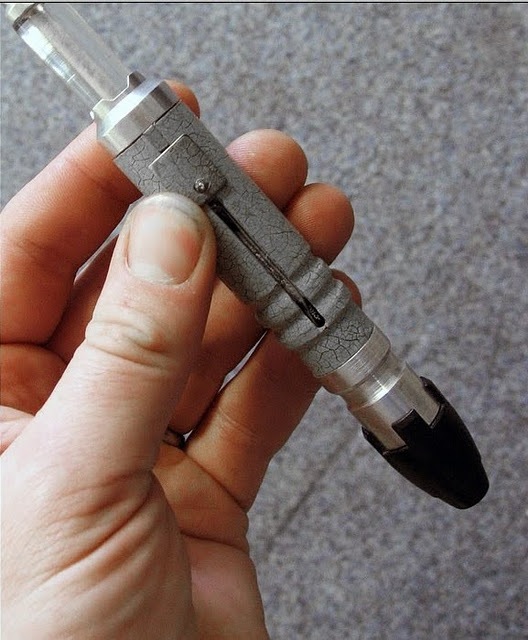Rassilon
Well-Known Member
Phez, when machining or drilling acrylics, one needs to think about drill point geometry on various materials, and the fact that, acrylics have a very low melting point.
Now I will keep this very simple, Bull Dog can understand it, he then can go and do a decent job on that mess he made of his acrylics shafts, you would think that been a so called “ENGINEER” you would know this, oh well he must of missed that part in getting his Chinaman’s engineering degree, more than likely getting a Chinese lobotomy that day, as that would explain a very grate deal.
So here is what he would have learned, if you had actually attended an engineering university.
To drill acrylics you need to have a drill point angle of 118 Degrease, with a lathe speed of between 100 and 130 and no more, as any faster and you will prejudice to much drill tip friction heat, and it is no longer cutting at the cutting edge, but melting the acrylic. So, slow speed with the correct drill point angle.
And the second an very much 80% to getting a clean and clear drilled hole in acrylic, is the use of an oil with a viscosity of water, this must be constantly added to the drill cutting surface at the same point as you are removing the acrylic sworf from the drill flutes.
Don’t let the drill flutes fill up with acrylic sworf as this will lead to the acrylic sworf getting jammed in the flutes of the drill and will lead to heat & heat will intern melt the acrylic and you will get fine cracks on the drilled hole surface, heat is the enemy in any machining work.
Johnny5676
Yep have plenty more photos of the Rassilon1 custom Tennant sonic kit, to educate bull dog, on how to engineer a Rassilon1 Custom Tennant Sonic.
All the aluminium parts have been sent for hard anodizing, yep that’s rite, and all the aluminium parts will be clear hard anodized, why would I incorporate into my Rassilon1 custom Tennant sonic build kit, clear hard anodized parts.
This is so you the builder or the assembler of the Rassilon1 custom Tennant sonic kit, will have nice clean sonic build kit parts that won’t form Aluminium oxide on the surface due to constant daily use.
This will be covered latter in my Rassilon1 custom Tennant sonic build kit thread.
Now I will keep this very simple, Bull Dog can understand it, he then can go and do a decent job on that mess he made of his acrylics shafts, you would think that been a so called “ENGINEER” you would know this, oh well he must of missed that part in getting his Chinaman’s engineering degree, more than likely getting a Chinese lobotomy that day, as that would explain a very grate deal.
So here is what he would have learned, if you had actually attended an engineering university.
To drill acrylics you need to have a drill point angle of 118 Degrease, with a lathe speed of between 100 and 130 and no more, as any faster and you will prejudice to much drill tip friction heat, and it is no longer cutting at the cutting edge, but melting the acrylic. So, slow speed with the correct drill point angle.
And the second an very much 80% to getting a clean and clear drilled hole in acrylic, is the use of an oil with a viscosity of water, this must be constantly added to the drill cutting surface at the same point as you are removing the acrylic sworf from the drill flutes.
Don’t let the drill flutes fill up with acrylic sworf as this will lead to the acrylic sworf getting jammed in the flutes of the drill and will lead to heat & heat will intern melt the acrylic and you will get fine cracks on the drilled hole surface, heat is the enemy in any machining work.
Johnny5676
Yep have plenty more photos of the Rassilon1 custom Tennant sonic kit, to educate bull dog, on how to engineer a Rassilon1 Custom Tennant Sonic.
All the aluminium parts have been sent for hard anodizing, yep that’s rite, and all the aluminium parts will be clear hard anodized, why would I incorporate into my Rassilon1 custom Tennant sonic build kit, clear hard anodized parts.
This is so you the builder or the assembler of the Rassilon1 custom Tennant sonic kit, will have nice clean sonic build kit parts that won’t form Aluminium oxide on the surface due to constant daily use.
This will be covered latter in my Rassilon1 custom Tennant sonic build kit thread.
Last edited:



